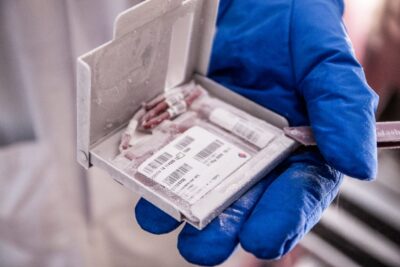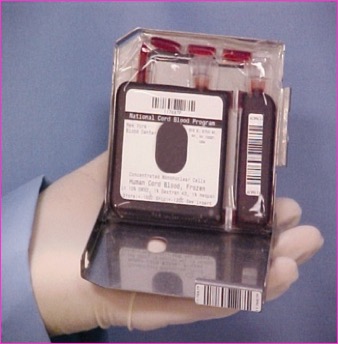Cord blood & other cell therapies
Understanding Cord Blood
Cord blood is a special kind of blood collected from the umbilical cord right after a baby is born. It’s full of stem cells, which can grow into different types of blood cells. Collecting it doesn’t harm the mother or the baby, and it can be stored for future use in medical treatments, like blood stem cell transplants. This can be especially helpful for patients who need a transplant quickly or have a hard time finding the right adult donor—like infants, children, and sometimes even adults.
More Than Just Transplants: The Future of Cord Blood
Researchers are also looking into how cord blood stem cells might be used for other types of treatments. They are studying how these cells could help with conditions like cerebral palsy, autism, and type 1 diabetes. While these studies are in early stages, the potential for cord blood to help treat a variety of health issues is really exciting.
Interested in Donating Cord Blood?
If you’re pregnant and thinking about donating your baby’s cord blood, talk to your doctor or healthcare provider. Donating could make a huge difference in helping people who need life-saving treatments and advancing medical research. It’s a simple way to potentially save lives in the future.
WMDA's role
Safeguarding Patient and Donor Well-Being
WMDA ensures the safety of both patients and donors through several measures:
- Accredited Cord Blood Banks: Cord blood units stored in AABB or NetCord-FACT accredited banks are flagged, guaranteeing that these units are managed according to high standards.
- Expert Committee: A dedicated committee evaluates adverse events to ensure quick communication and effective management within the community.
- Monthly Expert Meetings: Cord blood experts meet regularly to exchange best practices and improve the quality of care.
- Compliance with Standards: The WMDA has a crosswalk between its standards and NetCord-FACT standards, ensuring that all protocols around donor care are followed.
- Extended Data Fields: Additional data fields provide transplant physicians with all relevant cord blood information at the beginning of the search process, ensuring informed decision-making.

Diverse Cord Blood Banking Models
Since the first cord blood transplant in 1988, various banking models have developed to meet different needs:
- Public Cord Blood Banks: These banks provide essential resources for patients who do not have matching adult donors.
- Private Cord Blood Banks: These banks store cord blood for exclusive family use, usually with associated collection and storage fees.
- Hybrid Cord Blood Banking: A newer option combining both private storage and the potential for family use, availability can vary by region.
- Disease-Specific Banking: This model helps biological siblings who need a cord blood transplant for treatment.

Cord Blood Donation Considerations
Cord blood donation is generally considered safe, though some countries discuss the best time for umbilical vein clamping. If you’re considering donating cord blood, it’s important to consult with your healthcare provider to understand if donation aligns with your specific situation.

The Role of WMDA
The World Marrow Donor Association (WMDA) plays a key role in global cord blood banking, managing an inventory of over 800,000 cord blood units available for transplantation through its Search & Match Service. This service helps match patients with suitable cord blood units for life-saving transplants.
WMDA Share: Accessing Cord Blood Bank Information
On WMDA Share, you can find details about the participating cord blood banks, including their addresses.
